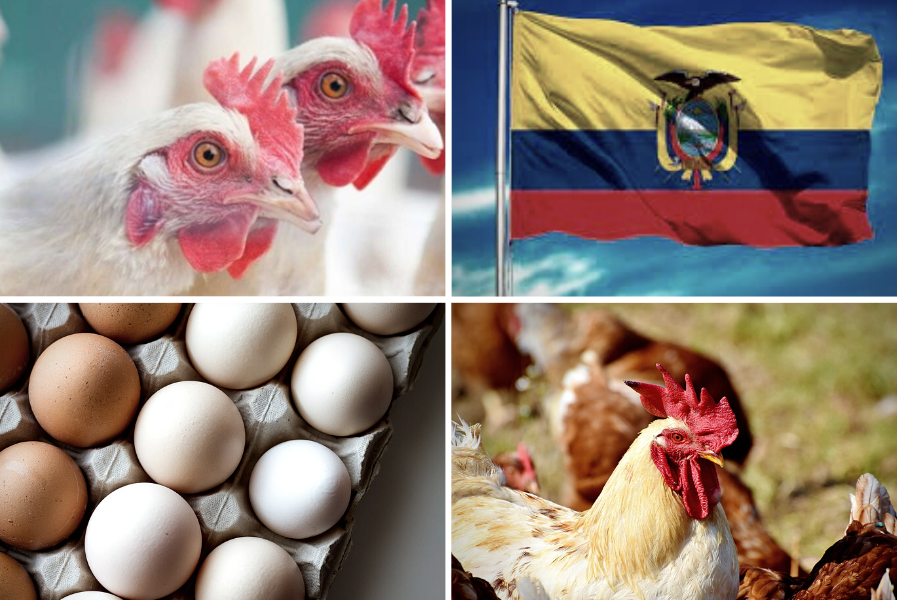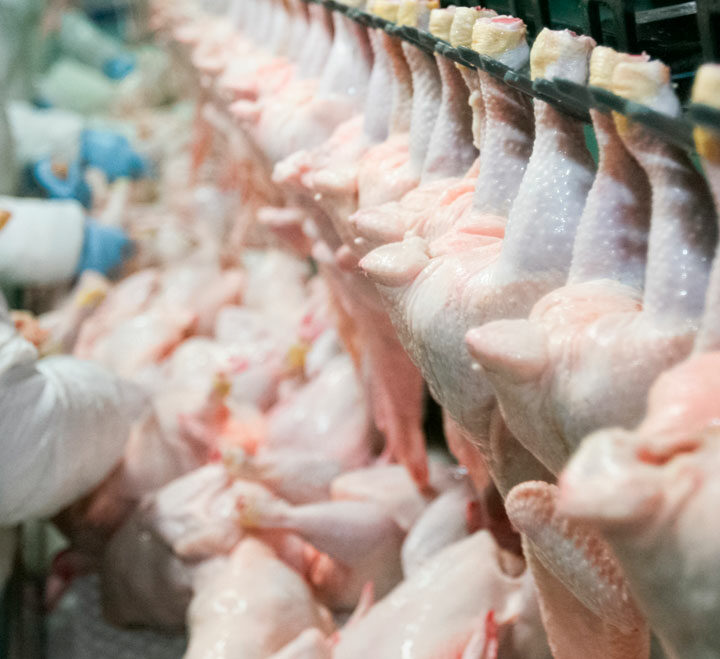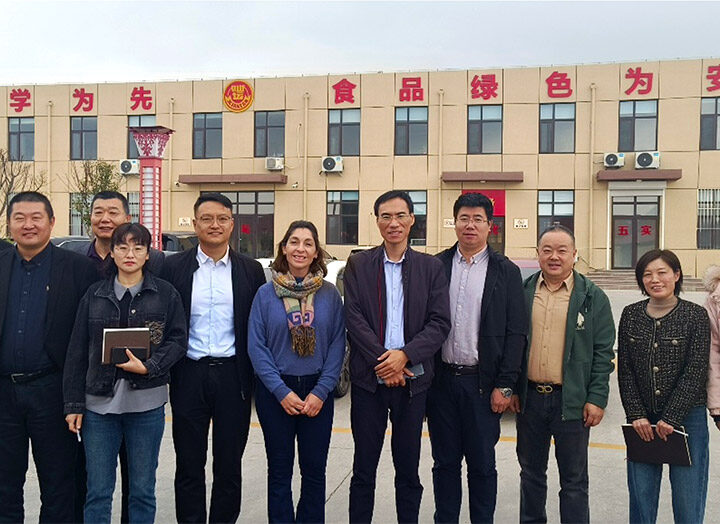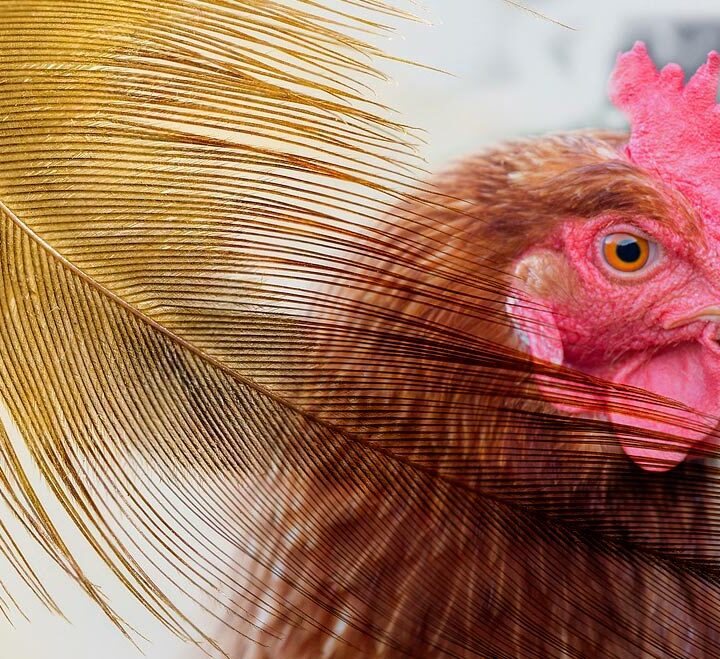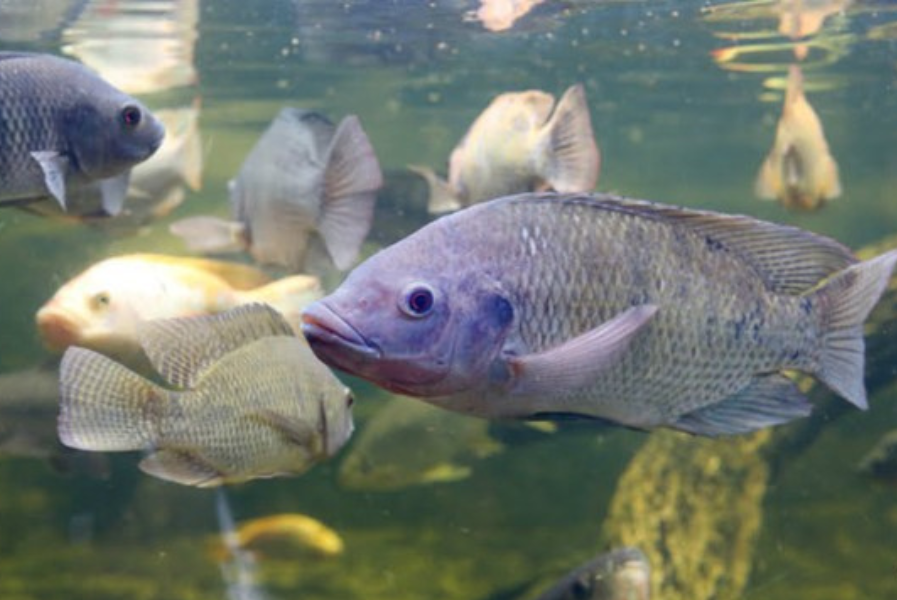
Tilapia production in Costa Rica
10 de June de 2022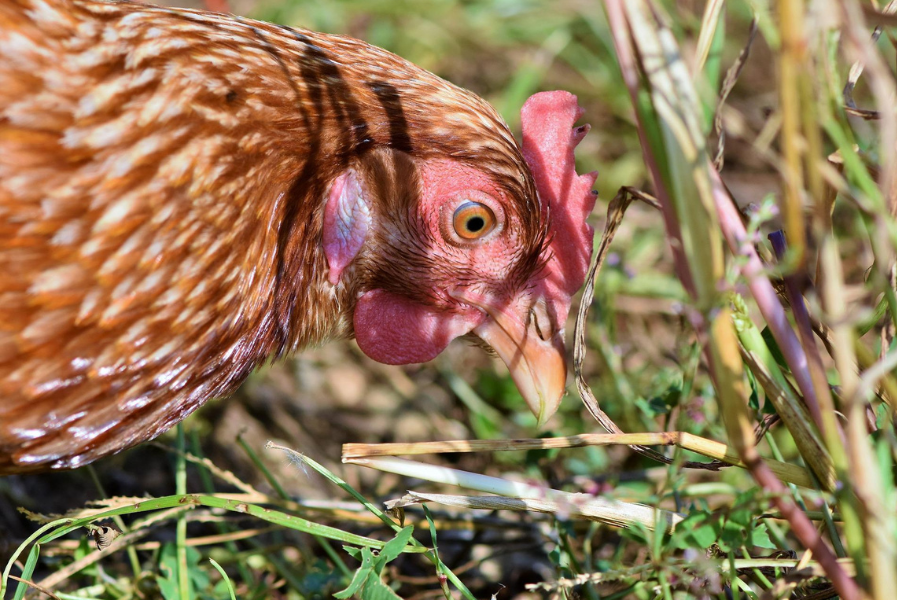
Generalities of the regulated necropsy in poultry farming
28 de June de 2022In Ecuador, poultry production contributes 3% to the national GDP. Poultry breeding is carried out in rural areas of the country, which is why the production of avian origin protein is strategic in its contribution to the economy and in the generation of employment.
During 2021, the annual gross value of production was 3,700,000,000 dollars throughout the production chain, this generated more than 300,000 formal jobs. In the country there are 310 farms dedicated to the production of table eggs with a population of 13.7 million laying hens.
The production of this protein grew by 3% in 2021 compared to 2020; although production levels prior to the pandemic have not yet been reached (Espin Garcia, Diana; 2022).
Avian productive chain in Ecuador
The productive chain of animal production (chicken and pork) in Ecuador is one of the most important, since it reaches a total supply of 4,500,000,000 dollars (26% of agricultural GDP), generating direct employment for 325,000 people.
The productive chain of animal protein contemplates three steps:
1. Livestock activity: poultry and pig farming.
2. Agro-industrial activity: production of balanced feed (hard yellow corn)
3. Agricultural activity: cultivation of yellow corn and soybeans.
This represents the largest source of animal protein for the Ecuadorian consumer.
The weakness of this process that reduces its competitiveness is due to the high production costs, among which the production of hard yellow corn stands out, which is the main input for the preparation of balanced feed used for chicken and pork.
The production of hard yellow corn in Ecuador is below, between 45% and up to 100%, in relation to countries such as Argentina, Chile, the United States and others. While productivity in Ecuador is 6 MT/Ha, other countries reach productivity of 12 MT/Ha (Espin García, Diana; 2022).
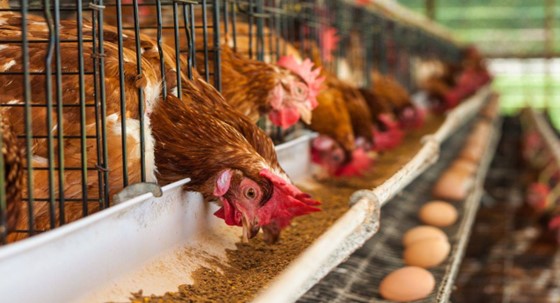
Egg production in Ecuador
Commercial poultry farming began in Ecuador with the necessary production to meet the demands of the local market. In the 1970s, the country began to apply technology and the technical raising of chickens began. The egg-producing poultry industry went from a simple collection on farms to a much more complex system involving: innovations in nutrition, technological advances, environmental and waste management, and innovations in genotypes that seek to improve efficiency and convertibility (Amores Cárdenas , Charles Henry, 2016)
Along with chicken meat, eggs are the cheapest source of protein on the market in relation to meat of other animal origin. Egg production in Ecuador was 361,078,496 weekly units in 2019. Annual average production is more than 4,000 million eggs. Between 2014 and 2015 there was a growth of 7% in the egg unit produced, from the following years a decrease of up to -18% was observed, however, for 2019, both production and self-consumption show growth of almost 100 % in table eggs. Of the total production, on average between 2014 and 2019, 7% is destined for self-consumption, with a difference between the eggs of birds raised in the field and those raised in poultry farms. In the first ones, the highest percentage is for self-consumption and in the latter for sales. An average of 86.2% of the total annual production is sold, in Tungurahua the percentage is higher with 98.4% average, reaching 2019 with 99% of total sales.
In 2020, Ecuador produced 3,500,000 eggs, which means that a person consumes approximately 230 units per year, which, translated into kilos, represents approximately 13,800 kg of raw eggs without counting the various products that are manufactured based on egg.
The importance of this product has led to the emergence of institutions that address the development of the industry and social commitment, since the poultry industry faces the challenge of providing food with high quality and food safety standards (Pazmiño Coba, Yohanna A. 2014) In high productions of intensive breeding, management, nutrition, genetics, the environment, vaccination plans, and deworming are necessary elements for it to be profitable, reducing the mortality rate to a minimum and contributing to weight gain in the shortest time possible.
Use of shikimates to improve production parameters
To achieve these standards and be effective, it is also necessary to take into account the supplementation of natural substances such as mycotoxin binders, bactericides and fungicides, together with natural additives based on SHIKIMATES that enhance and stimulate certain target cells, so that they develop a performance in relatively short times, such is the life of the bird. In this way, the organs in general, act optimally and the individual is unable to generate diseases of various kinds.
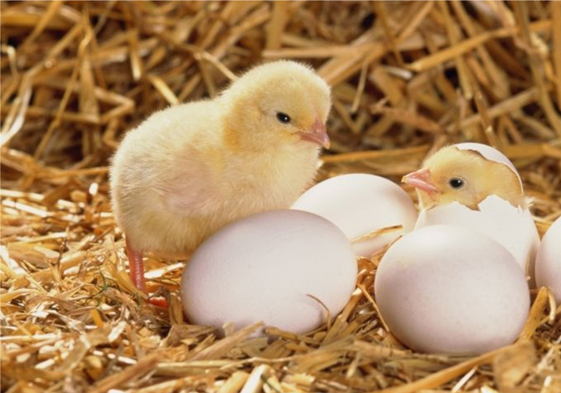
Minervet S.A. has developed a line of natural products based on active botanical extracts SHIKIMATES that favor animal health, such as:
MINER E is a mineral absorption enhancer with multiple positive effects. It contains active ingredients of botanical origin that promote the optimization of the absorption of minerals, mainly calcium.
Its use is especially recommended in laying hens to improve the quality of the eggshell (less broken eggs – eggs in coltsfoot) and prevent bone pathologies such as cage fatigue.
In broiler, improves bone quality reducing the incidence of fractures. The improvements obtained in the productive parameters give greater profitability to the system. With high effectiveness, at low doses, being a natural product, it does not generate resistance, being able to supply it to the animal until the last day of life.
MINER G, non-nutritional additive, multifunctional compound that improves feed efficiency and promotes growth.
The plant extracts that make it up contain a high percentage of active ingredients that act directly on the intestinal flora, balancing its population, stimulating the regeneration of the mucosa and improving digestion and absorption of nutrients.
ADVANTAGES
-Microbicide and anthelmintic action
-Intestinal conditioner
-Antioxidant
-Stimulating the secretion of endogenous enzymes
– Calcium absorption enhancer
MINER I natural additive, necessary for the functionality of the organs in general, to act optimally and the individual is unable to generate “stress with subsequent immunodeficiency”.
It has active molecules of botanical origin that are essential for the different biochemical and metabolic processes of living organisms, performing important catalytic functions in metabolism as enzymatic cofactors. The Shikimates, which compose it, activate various cells of the immune system to facilitate a better non-specific (mediated by macrophages) and specific (antibody generation) immune response.
Bibliography
Espin García, Diana; (2022)La Avicultura en el Ecuador y su futuro. https://elproductor.com/2021/04/la-avicultura-en-ecuador-y-su-futuro/
Amores, Carlos Enrique (2016) Determinación de la viabilidad financiera de la producción avícola mediante la utilización e planteles de crianza de pollo de engorde en la región oriental del Ecuador. https://repositorio.puce.edu.ec/handle/22/11617
Pazmiño Coba, Yohanna A. (2014) Competitividad del sector producción avícola. Caso: Empresas pioneras en generación de ovoproductos. Universidad Andina Simón Bolívar sede Ecuador. https://repositorio.uasb.edu.ec
Author: Dr. Germán González

